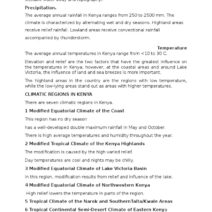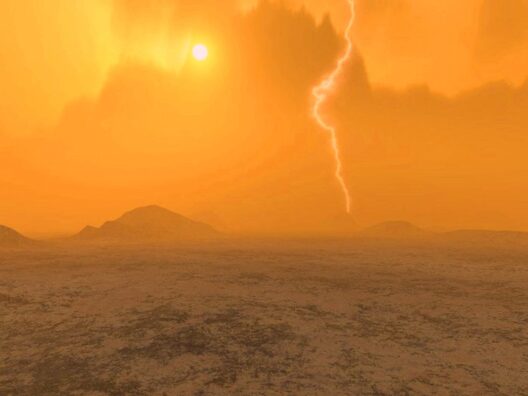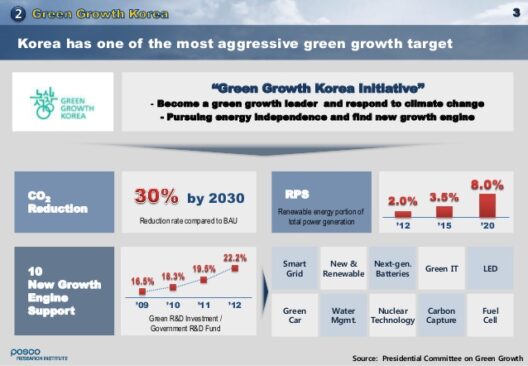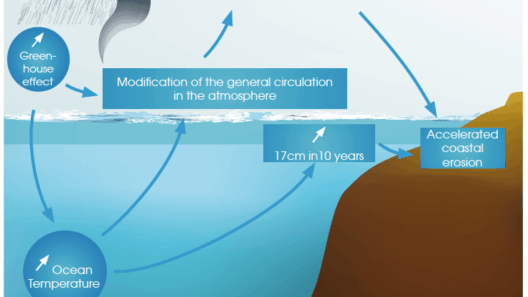As the planet grapples with the profound implications of climate change, an intriguing question emerges: can climate change influence geological events such as earthquakes? This provocative inquiry cuts to the core of how interconnected our planet’s systems truly are. In this exploration, we will delve into the complex connections between climate shifts and seismic activity, examining both scientific perspectives and popular misconceptions.
Before embarking on this discussion, it’s critical to understand the foundational elements of earthquakes. These natural phenomena occur when there’s a sudden release of energy in the Earth’s crust, typically due to tectonic movements. These movements are primarily driven by the dynamics of the Earth’s lithosphere, which remains largely unaffected by climatic conditions. Therefore, at first glance, the notion of climate change instigating earthquakes might appear more fanciful than factual.
However, this reasoning does not preclude the possibility that climate change might serve as a catalyst for conditions that trigger seismic activity. This leads us into the realm of theoretical considerations and evolving research.
Shifting Tectonic Plates and Climate Effects
The relationship between tectonic plate dynamics and climate change becomes evident when we consider melting glaciers and rising sea levels. As glaciers recede due to increasing temperatures, the substantial weight previously exerted on the Earth’s crust diminishes. This phenomenon, known as isostatic rebound, can instigate geological shifts, potentially leading to increased seismic activity. The release of tectonic pressure may cause faults to slip, generating tremors that could otherwise remain dormant.
Research has indicated that regions that were once heavily glaciated, such as Scandinavia and parts of North America, are experiencing this rebounding process. As these areas experience geological uplift, the associated stress transfer could potentially result in earthquakes, albeit usually mild ones. However, while the potential exists, the magnitude and frequency of earthquakes resulting from such mechanisms would need further rigorous scientific inquiry.
Moreover, climate change engenders significant alterations in hydrology, which also plays a pivotal role in seismic activity. The filling and draining of large reservoirs, often linked to water management and irrigation projects exacerbated by climate variability, can exert immense pressure on fault lines. The induced seismicity, which arises from changes in water levels in underground aquifers or as a direct result of human activity in response to climate issues, has been recorded in various regions worldwide.
One notable instance includes the induced earthquakes in the vicinity of the Three Gorges Dam in China. This case exemplifies how alterations in water volume can destabilize geological structures, casting a wide net of environmental and seismic consequences. Recognizing the delicate equilibrium between climate processes and geological stability is imperative for understanding modern seismic phenomena.
Debunking the Myths: Separating Fact from Fiction
As we navigate through this intricate topic, it becomes increasingly crucial to dispel some common misconceptions surrounding climate change and earthquakes. Popular culture often sensationalizes the narrative, leading to exaggerated claims that climate change will cause widespread catastrophic earthquakes. While it is essential to consider the scientific foundation of these assertions, the current consensus among seismologists and geologists is that direct causation remains tenuous.
The mechanisms driving earthquakes—primarily tectonic shifts—are consistent over geological time scales. Climate change itself is not a direct instigator of seismic events, but certain climatic conditions can intersect with geological processes in ways that may elevate the risk of minor earthquakes. Thus, labeling climate change as a primary cause of significant seismic activity ventures into the territory of misrepresentation.
Understanding the Scale and Scope of Impact
However, acknowledging the potential influence of climate change on seismic activity should not downplay the urgency of addressing climate-related issues. Whether through rising global temperatures, increased flooding, or enhanced drought conditions, the broader repercussions of climate change create a multifaceted crisis that extends beyond the geological realm. The interconnectedness of these systems emphasizes the pivotal need for comprehensive environmental policies and sustained advocacy for climate action.
As various communities grapple with the effects of climate change, including unexpected geological phenomena, recognition of the intricate interplay between climate systems and geological processes becomes ever more crucial. This understanding helps in preparing for potential risks associated not just with earthquakes, but with the myriad challenges posed by a changing environment.
In Conclusion: An Interplay of Forces
In summary, while climate change itself is not a direct cause of earthquakes, its impact on geological processes and human activities can contribute to seismic risks in specific contexts. The melding of climatic and geological sciences reveals an intricate tapestry of interactions that challenge simplistic categorizations. As ongoing research continues to illuminate the nuances of this relationship, it becomes ever clearer that prudent environmental stewardship is paramount in mitigating the far-reaching effects of climate change on both our world and its geological systems.








